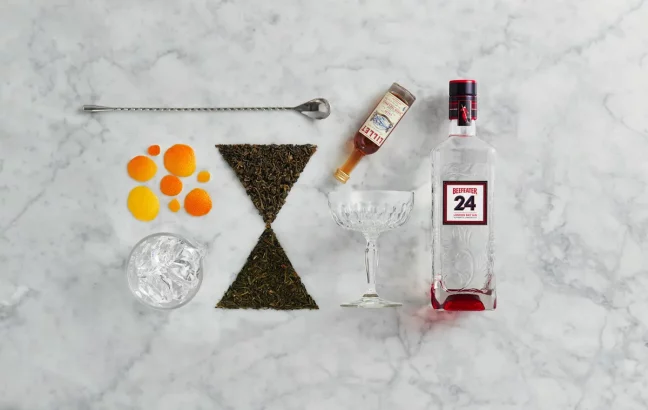For The New Yorker, Peter Schjeldahl wrote about ‘Piet Mondrian: A Life’, a newly translated biography about the Dutch artist:
Mondrian was caught up for much of his life in Theosophy, the anti-materialist mythos that was initiated in 1875, in New York, by the much travelled Russian occultist Helena Petrovna Blavatsky. Its pantheistic mysticism seemed to resonate with everything he craved in both art and life. Theosophy’s tenet of an ascent from the natural by way of the spiritual toward a union with the divine was right up Mondrian’s temperamental alley. He was most immersed from about 1908 to 1912, when he painted metaphysically supercharged flowers and frankly weird totemic figures. In the years that followed, he shrugged off the aspects of the movement that seemed pedantic and nebulous rather than liberating and practical, not to mention its mediumistic hocus-pocus, but he never regretted the influence. He remarked later, “One cannot call oneself an atheist without really having experienced some form of religion.” He kept painting flowers, however, with unfailing virtuosity but waning enthusiasm, as a stock-in-trade to support his experimentation with frontal, vibrant geometric patterning.
Mondrian boiled down his religiosity to a belief in the intrinsic potency of the craft of painting, in and of itself. His voluminous writings on the subject grope, not very cogently, toward possible theories but mainly expatiate on forms that he had intuited with brush, pencil, palette knife, or ruler in hand. Intuition was everything for him—versus “instinct,” which he deplored as an ego-inflating snare and came to associate with, among other derangements, the brutally repressive mystique of Nazism. He was ever eager to explain what he did, after he had done it, with an ingenuous presumption that anyone else might pick up the thread and accomplish as much. Mondrian wrote in an appreciative letter to an admiring critic, in 1914, “By not wishing to say anything human, by completely ignoring oneself, the artwork becomes a monument to Beauty: transcending the human; and yet human in its depth and generality!” That’s as mordant an aesthetic verity as I know, but Mondrian’s guileless confidence in being understood is touching. He seemed genuinely to want other artists to be as good as or better than himself. Only, for that to happen, they would have to be him.
While I’m interested to read the book, I didn’t like the comparisons to Picasso early in the article. Mondrian wasn’t peerless but for me, grouping them together does nothing to demystify the Dutch artist’s style or ideology.
You can buy a copy of Piet Mondrian: A Life on Amazon and Bookshop.

